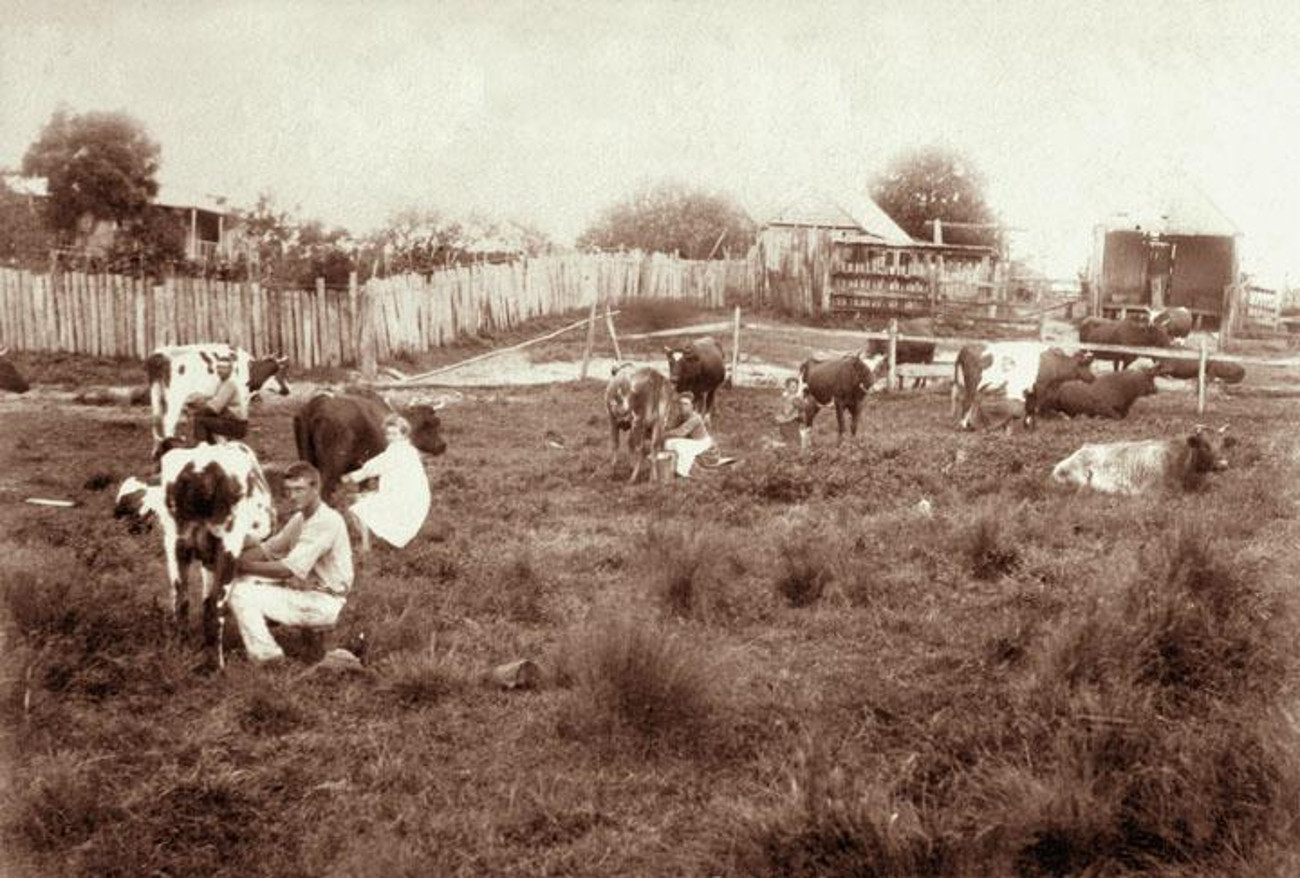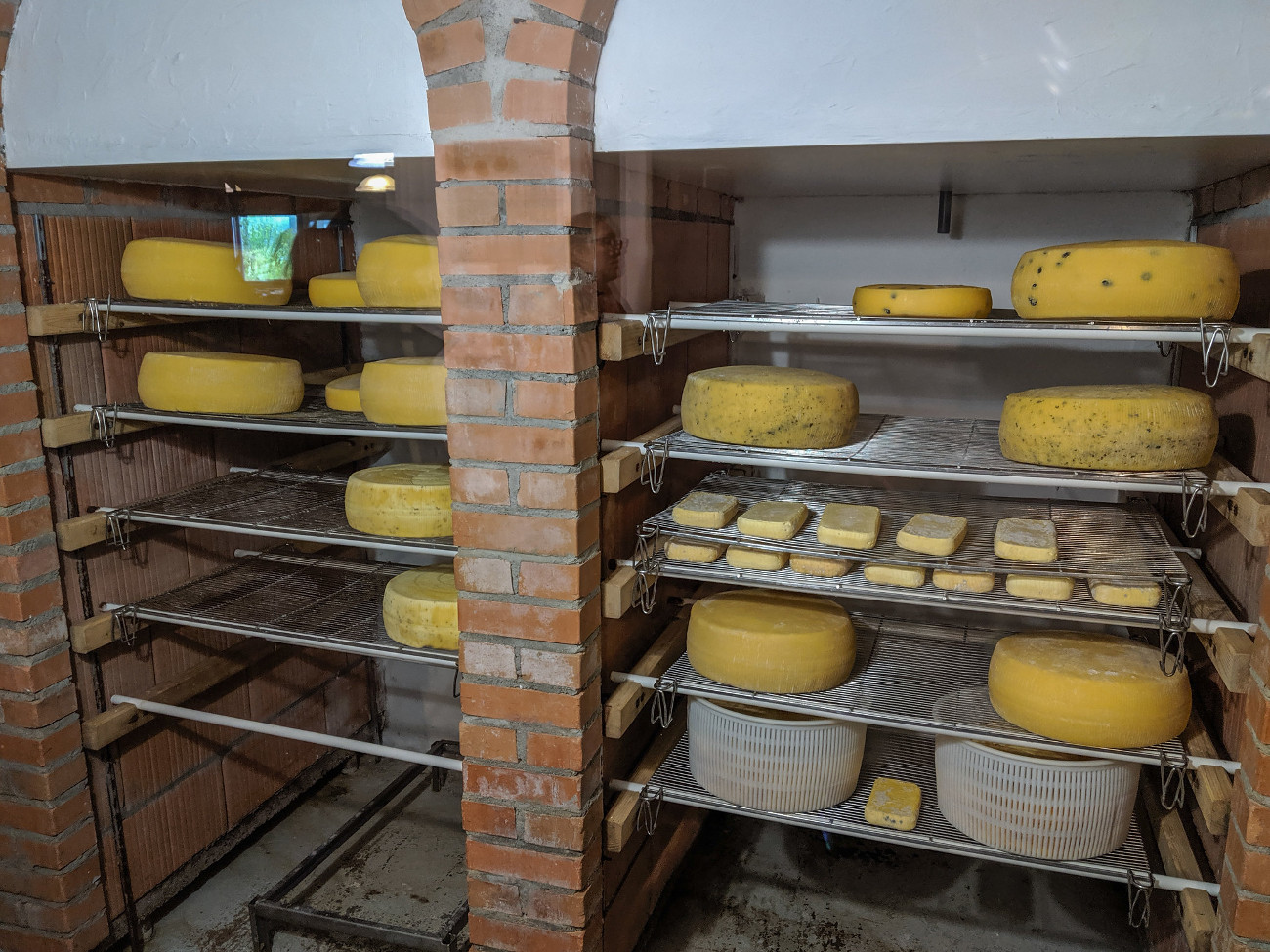We may look at recent recalls and think: “Man, is it really safe to drink milk?” Though what we see on the news is sometimes horrific, it could be worse, much worse. Up until as recently as the 1940s, milk was super scary (and gross) to drink.

For a long time, milk wasn’t a part of the standard American diet. Instead, it was more of a seasonal specialty, available in the spring and summer when cows were naturally producing milk. Milk wasn’t usually a stand-alone beverage, it was more often used as a part of a dish or recipe. Products with a longer shelf-life, like cheese or butter, were much safer for Americans to consume and so were used far more frequently in the 18th and 19th centuries.

With industrialization and urbanization in the late 19th century, the residents in cities felt the constraints of food availability, because it simply wasn’t accessible or affordable to purchase. Milk was held on a pedestal as the perfect sustenance that could provide urban residents an item that had nutritional benefits for a relatively low price.

Yet that low price came at the cost of safety. Since there were no financial benefits or legal protocols to promote this safety practice, no milk manufacturers invested in pasteurization. In fact, since there were no rules on food safety, dairy facilities cut a lot of corners. One such corner was diluting milk with water. Neither the milk nor the water was clean or kept cold, resulting in massive amounts of dangerous bacteria growth. An 1880 New Jersey investigation reported “losing count” of the bacteria colonies, as the milk was literally “giggling on its own.”

When dairy producers diluted milk, it also turned a weird blue hue. To hide this unappealing color, manufacturers would whiten the milk with embalming fluids, chalk, and other chemicals. After diluting, milk was so watery looking that many dairy companies had to add gelatin and thickening agents into the mixture.

An article cites that sometimes even the cream on top wasn’t real cream. Utilization of the whole animal (dead or alive) was crucial for businesses to cut costs. When a cow died, the brain was the hardest organ to repurpose but after a while, dairy manufacturers found a way: they pureed the brains with whiteners and poured it on top of the milk. It looked okay in the milk bottle, but this pureed substance congealed when mixed with hot coffee or lumped with powdered sugar.

Throughout the 1890s dairy producers used formaldehyde as a way to preserve milk. Even though it preserved the milk, such high levels of formaldehyde basically created embalmed milk and was linked to hundreds of
poisonings and fatalities.

These outrageously dangerous techniques of manufacturing harmed the most vulnerable population – infants and children. In response to erroneous fatalities caused by spoiled food, Indiana was the first state to pass a safe food and drug act in 1899. Harvey Washington Wiley and John Newell Hurty were the people that pushed this legislation with a scandalous news article entitled Worms and Moss in Milk. Other regions slowly followed suit, but with the establishment of the FDA in 1906, regulation and safe manufacturing became a requirement.

Nowadays – despite some occasional recalls – American milk is some of the safest and consistently pasteurized kinds of milk in the world. So even though milk may have a gross history, it is now one of the safest things to drink.















